My secret war against apartheid: Mary Chamberlain risked everything to help break the regime in South Africa
In the early 1970s, as the ANC struggled to combat South Africa's apartheid, Mary Chamberlain was approached in London and asked to risk her life for the liberation struggle. Here, for the first time, she tells her story…
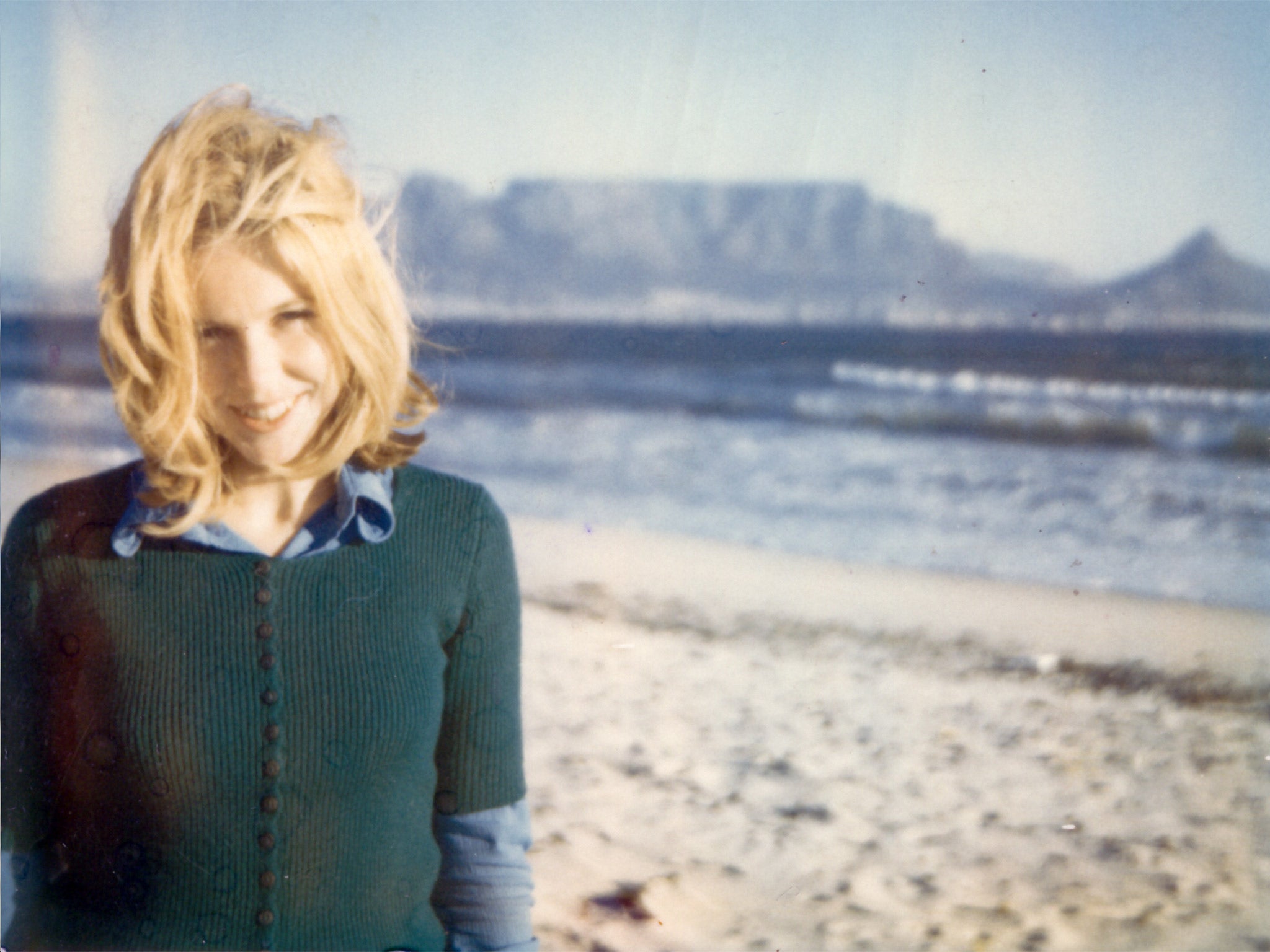
Your support helps us to tell the story
From reproductive rights to climate change to Big Tech, The Independent is on the ground when the story is developing. Whether it's investigating the financials of Elon Musk's pro-Trump PAC or producing our latest documentary, 'The A Word', which shines a light on the American women fighting for reproductive rights, we know how important it is to parse out the facts from the messaging.
At such a critical moment in US history, we need reporters on the ground. Your donation allows us to keep sending journalists to speak to both sides of the story.
The Independent is trusted by Americans across the entire political spectrum. And unlike many other quality news outlets, we choose not to lock Americans out of our reporting and analysis with paywalls. We believe quality journalism should be available to everyone, paid for by those who can afford it.
Your support makes all the difference.Table Mountain was shrouded in fog when my then husband, Carey Harrison, and I sailed into Cape Town on the SS Vaal in March 1972. As we disembarked we watched with dismay as our household belongings, packed in 20 or so wooden tea-chests, were unloaded on to the quay. We had been assured that the cargo would not be discharged until the ship's return from Durban and Port Elizabeth. This would give us several days to secure somewhere to live and reduce the time that our cases would spend in the bonded warehouse.
There was nothing we could do about this change in the order of events, except search for a flat to rent. After several days, we found a small, prettily furnished apartment in the whites-only suburb of Sea Point and, with a rented truck and a helper (a "boy" to use the contemporary parlance) we went to redeem our goods from bond.
The customs officer was white and overweight, a florid, myopic man, his eyes barely visible through the thick lenses of his glasses. Behind him were our tea cases stacked three high. Four inches above the base, on every chest, was a neat line of nails supporting the false bottoms which concealed our true cargo. There were 5,000 copies of The Story of Simon and Jane, a graphic novella about a delivery boy and a domestic servant whose marriage was torn apart by apartheid. In this story, Simon joined the ANC and became a freedom fighter learning to fire guns, and make hand grenades and petrol bombs. There were also 2,000 copies of A History of the South African Communist Party, for the SACP were long-term allies of the ANC and active in the struggle. Whichever way you counted, this was a lot of subversive literature.
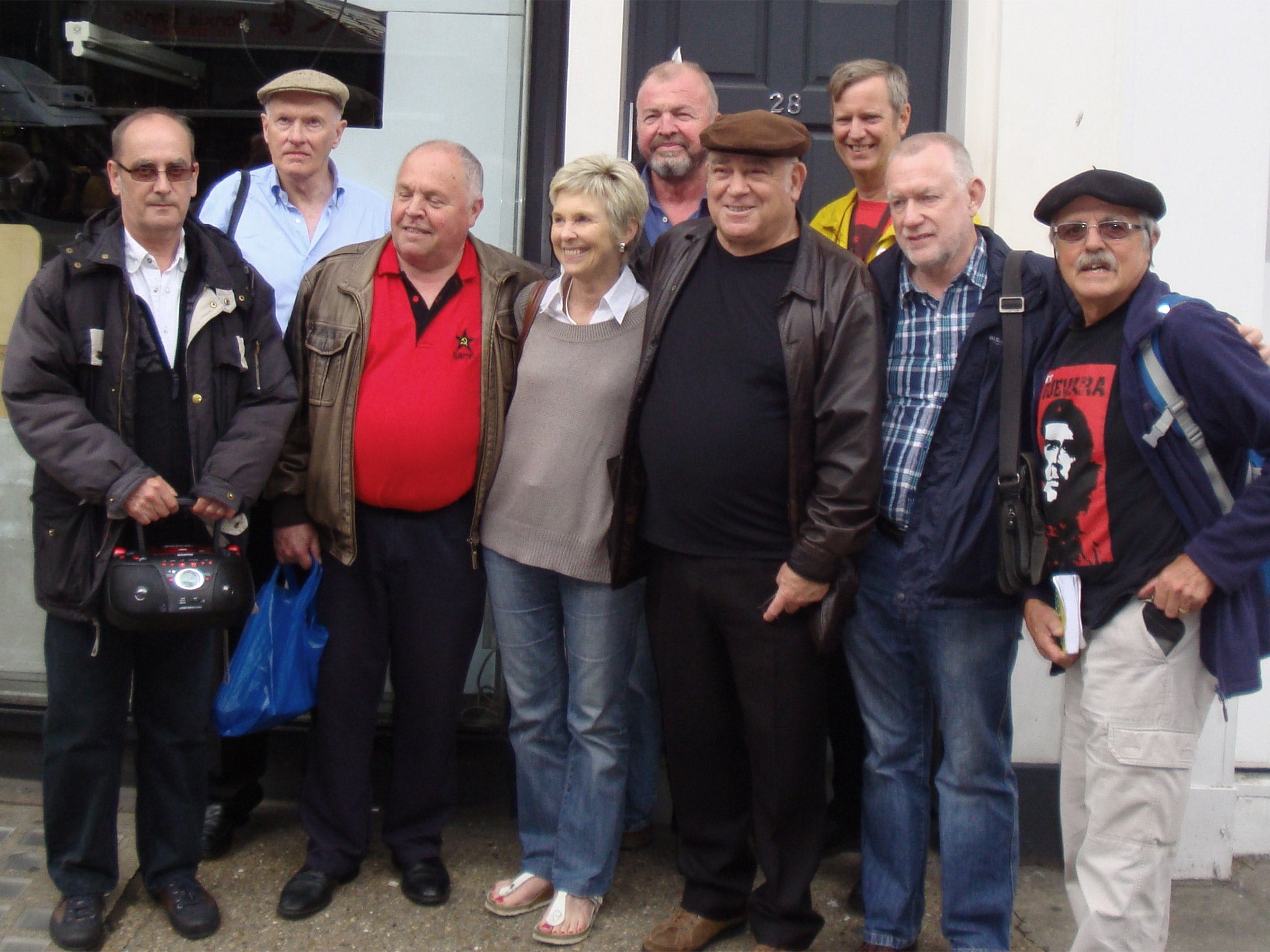
The Rivonia trial in 1963-64 had imprisoned many of the ANC leadership and driven the rest into exile. The ANC presses had been destroyed, its infrastructure decimated. While the Anti-Apartheid Movement pressured the UK government and focused world attention on the South African regime, the ANC-SACP unit in London – Joe Slovo, Yusuf Dadoo and Ronnie Kasrils – were devising clandestine ways of maintaining the internal struggle against the apartheid regime by re-building resistance networks, maintaining morale, raising consciousness and, above all, by demonstrating that the ANC was back in business. One way to do this was to smuggle in literature from outside.
Ronnie Kasrils was 26, and the youngest of the exiled leadership. Charming, articulate and funny, he enrolled at the London School of Economics and, in the guise of a student, used left-wing networks (principally but not exclusively the Young Communist League and socialist activists at the LSE) to recruit volunteers from workers and students alike who could pose as tourists or businessmen and, with their white skin and clean passports, pass unsuspected within the apartheid regime.
I was 24 years old, Carey 27. We had been married for five months. Introduced to Ronnie by Katherine Levine, an old Cambridge friend of Carey's and herself recruited to carry out clandestine work, our role was to pose as immigrants. Books are heavy and so, therefore, were our tea-chests. We filled the available space with anything that looked plausible but weighed little – duvets and pillows, plastic colanders and egg whisks. The mission, Ronnie warned us, could be dangerous. On the other hand, who would suspect a young white couple with dreams of settling in South Africa? If we were caught, however, we would be on our own. If we were discovered, he advised, we should disguise ourselves with hair dye and head to the border. Inciting resistance by force would carry a hefty sentence, preceded undoubtedly by torture – although in effect we could have told them nothing.
Back in the warehouse, the customs official squinted: "What's in the cases?" Convinced that we had been rumbled, we took a moment to gather our senses. "Duvets, colanders, pillows, whisks." "What else?" There was nothing else. "Duvets, pillows, colanders, whisks… our home," I said. "We're immigrating." "You're immigrating?" he said. "Why didn't you say?"
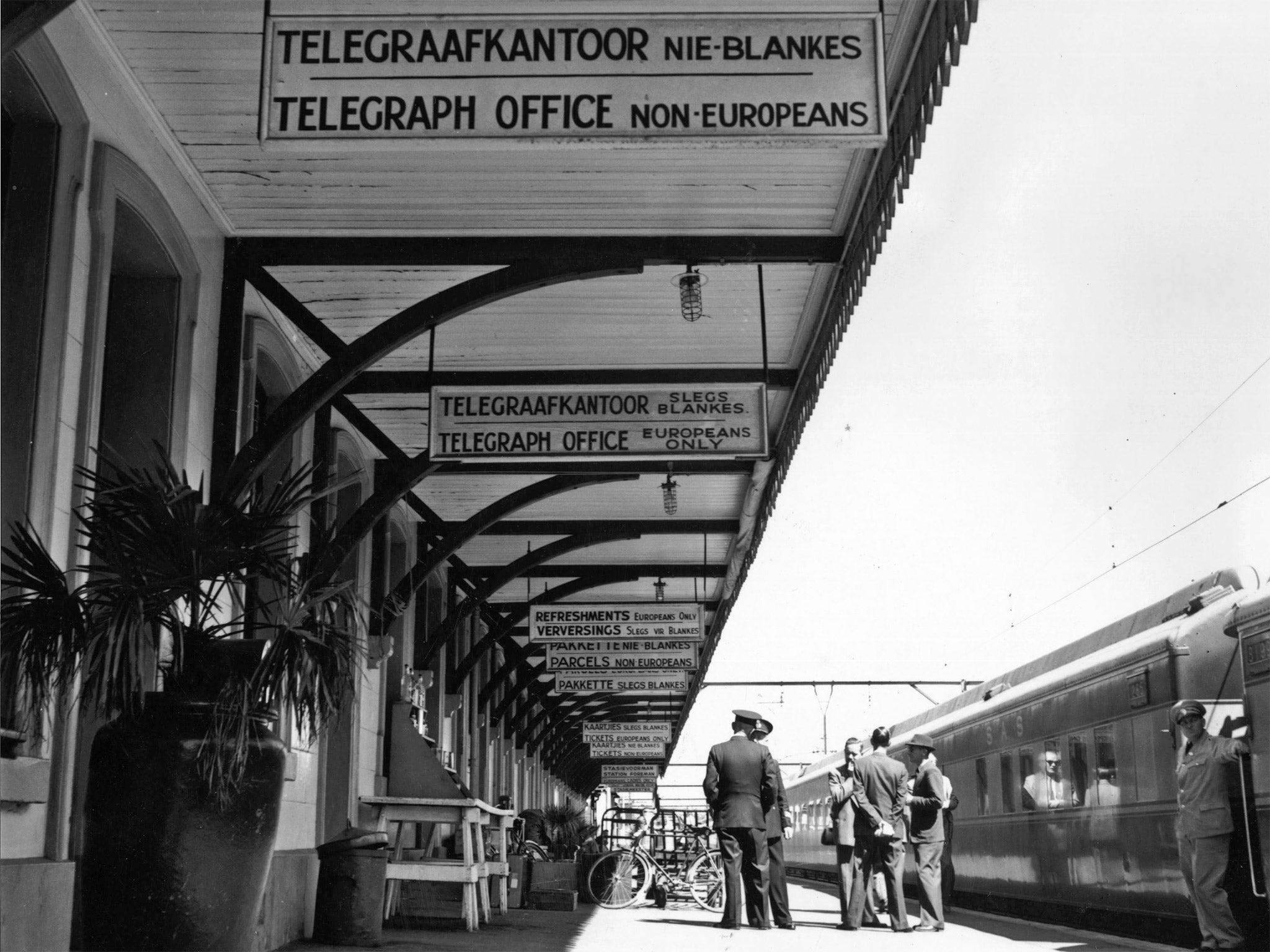
The customs official could not see beyond our skin colour; he could not see the lines of nails. He stamped the paperwork, and the cases were loaded on to the back of a lorry, and delivered to our flat. We bought, a few at a time lest we aroused suspicion, 7,000 stamps and envelopes for what, we learnt, were oddly sized booklets. We bought a claw hammer and ripped apart the false bottoms. We dragged the first case across the floor. It made a scratch in the parquet, and considerable sound. We lifted the rest on to the rug. Breaking open the wooden bases of the tea-chests was noisy; the walls of the apartment were paper-thin. We were tense and nervous in case a neighbour called by or made a complaint.
Address lists had been included in the false bottoms, typed up on sticky labels. We packed the envelopes: days of licking and spitting, wearing through several pairs of cheap cotton gloves, slapping the sticky address labels on the front. Big names. Winnie Mandela, Helen Joseph, Archbishop Hurley. Professionals, journalists, workers. Small names. Joseph, bed 17, hut 34. Vignettes of forced migration, arbitrary loneliness, imprisonment.
Mailing the envelopes required the same care as buying them. Small amounts, in post boxes, over town, over days. No suspicion. We filled a suitcase at a time, took them down to our hired car, and dribbled them out across Cape Town. Carey drove, I posted. On one occasion I had left the flat before him, and stepped into the lift with my case. Two policemen came in on the floor below. Stay calm, I thought. Act normal. "Going away?" one of them asked. "Yes," I replied. "We're visitors. Exploring your wonderful country." The lift stopped at the ground floor. "Allow me," the policeman said, picking up my suitcase. "It's heavy. Where is your car?" We walked out of the apartment block, across the road. "I don't know what you women carry in your cases," he said as he opened the car boot and placed the bag inside. "Have a nice weekend."
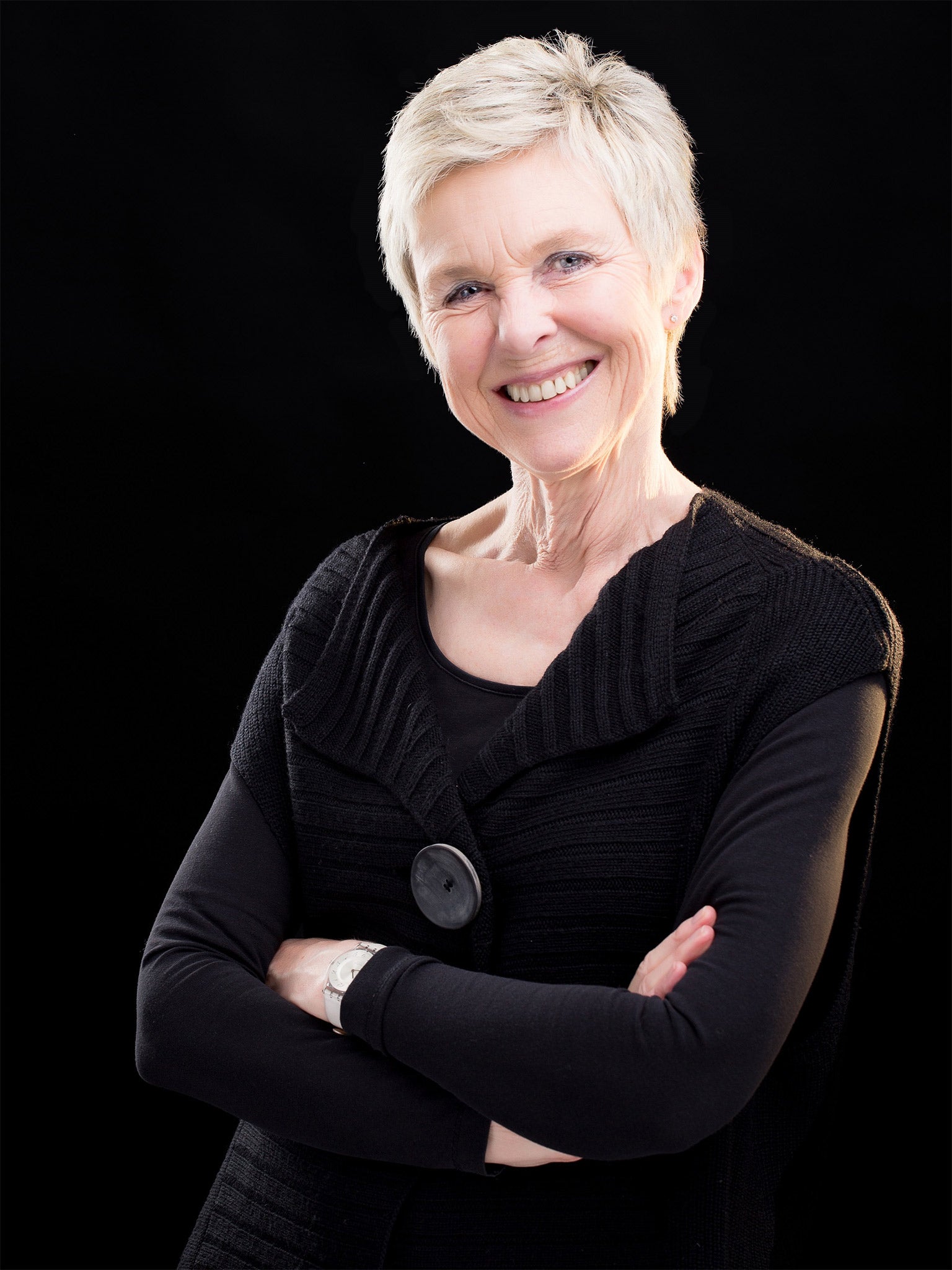
Memories of Cape Town are jagged. Over 40 years old now, they were created with too much fear-induced adrenalin, then buried too deep to be processed into a neat narrative. We could never talk about our mission for fear of compromising security. We learnt to lie. South Africa? Never been there. Yet visions of apartheid and its callous inhumanity were burned in my mind. Those memories are coherent and vivid. Men and women stripped of their dignity, subject to everyday humiliations, whose poverty, as they queued in separate lines, was all too apparent in their skinny frames and worn faces. We knew about the iniquitous legislation of the regime, but to see it in action, and be powerless to say anything in case our cover was broken, was hard.
Neither Carey nor I can remember how long we stayed in South Africa. Two weeks? Three? Mission accomplished, we had to dispose of our cases. Ronnie had told us to take them to a dump outside Cape Town: they would be useful for someone. But the dump was inhabited and we, and the ripped interiors of the cases, were conspicuous. What if police patrolled the area? It was too risky to leave the evidence, so we shipped it back to England.
Then we headed home, Cape Town to Johannesburg and onwards to London. As our plane touched down in Johannesburg, it was surrounded by police cars. Paranoid and terrified, convinced they were looking for a couple – us – we left the plane separately, nodding at the flight attendant and the policemen waiting to come on board, and walked into the concourse, not breathing again until we were on the plane bound for London and out of South African airspace. Of course, there were passenger lists. If they knew it was us, they would have come on board and arrested us. Rationally, we had nothing to fear. But who thinks rationally when alarm and panic are clawing at the door? Why were the police there? Who knows? A false alarm, perhaps.
Eighteen years later, I watched Nelson Mandela walk free. Carey and I were divorced by then, and I had remarried. I was alone, full of buried memories and an overpowering emotion which I wanted to share but couldn't. That secret had become a way of life. Had we helped? Made a difference? I didn't know. It was a puny effort compared with the sacrifices others had made with their liberty and their lives. So I said nothing.
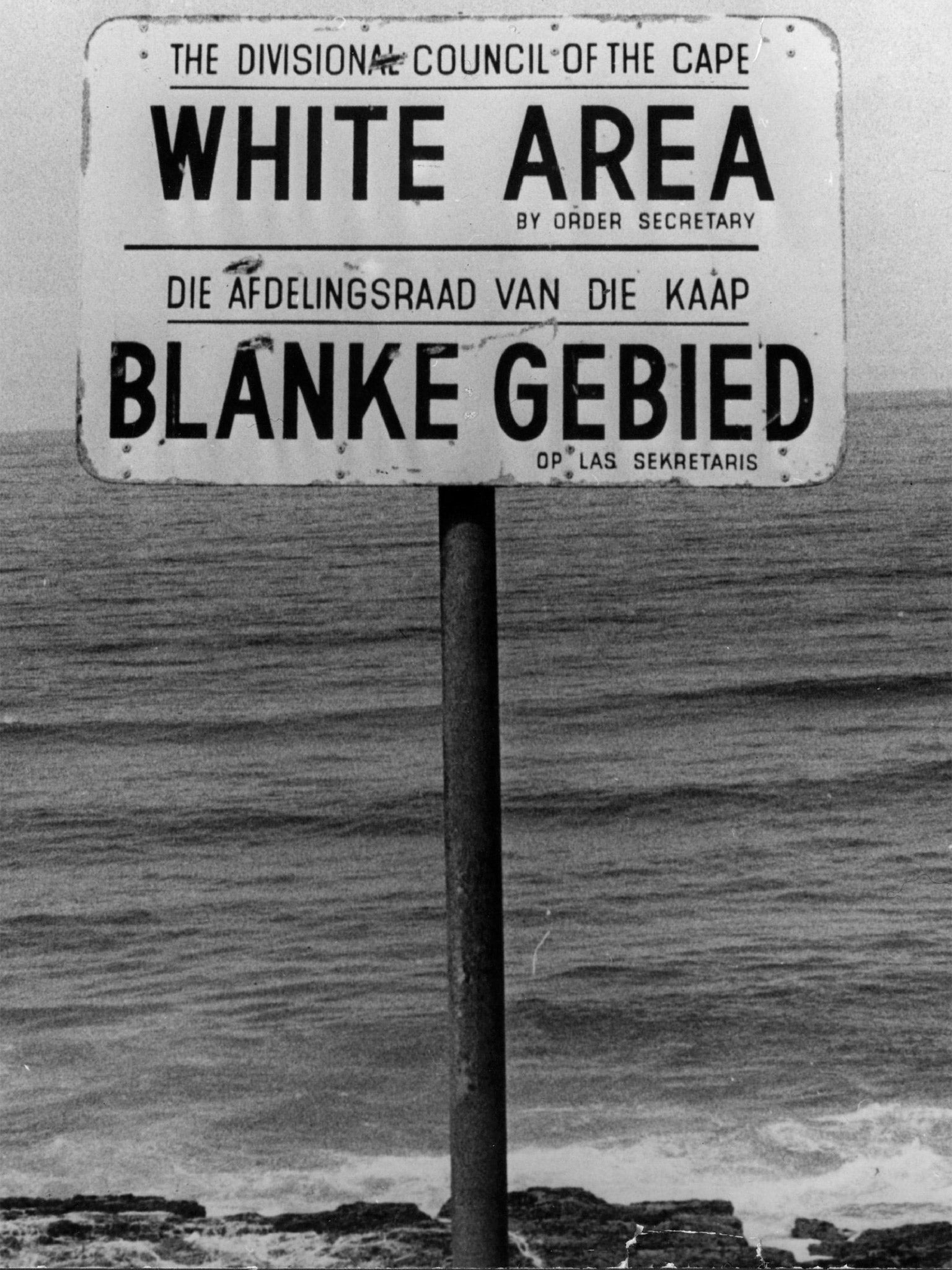
A couple of years later a colleague asked me if I had been to South Africa. With no need now to remain silent, I told him, but as the words came out of my mouth they sounded like make-believe, fantasy. It was all too improbable. What I was saying did not fit into any familiar narrative of recent South African history. I shut up again.
In 2009 I saw an obituary of Eleanor Kasrils, Ronnie's wife, who had devoted her life (and, for a period, her liberty) to the struggle against apartheid. I was given Ronnie's email by a friend and wrote my condolences in a letter which began, "I am not sure that you will remember me…"
"You assisted us," he replied, "at an important time in our liberation struggle for which the free people of South Africa are eternally grateful… You both were responsible for a very brave deed and can be justly proud…" He also passed my email on to Ken Keable, who was editing a book about the "London Recruits", as Ronnie himself had dubbed us. Neither Carey nor I, nor anyone, had any idea about the others. Perhaps we guessed we weren't the only ones but there was no knowing, and no way of knowing, who might have been involved at the time. Umkhonto we Sizwe, the military wing of the ANC, organised its clandestine activities through small, tight cells which only Ronnie and his trusted colleagues knew about.
We, in turn, had kept our silence. Over a decade, the London Recruits contributed to the ANC's resistance with regular and repeated propaganda forays, using a variety of ruses and devices – leaflet bombs exploding simultaneously in cities across South Africa, releasing thousands of pamphlets in rush-hour bus stations, unfurling banners in public places, loudspeaker broadcasts which relayed speeches, rallying calls, the ANC anthem. Some of the recruits had acted as couriers – of messages, money, arms – in ever more daring circumstances. Some made repeated visits, worked underground. Three – Sean Hosey, Alex and Marie-José Moumbaris – were captured, tortured and imprisoned. They have subsequently been awarded the MK medal by the South African government, and rightly so. But this programme of clandestine activities went undiscovered. Nobody spilled the beans. What we have now learnt is that our actions helped to keep the ANC's message alive and made critical interventions at a time when the struggle against apartheid was struggling to survive itself.
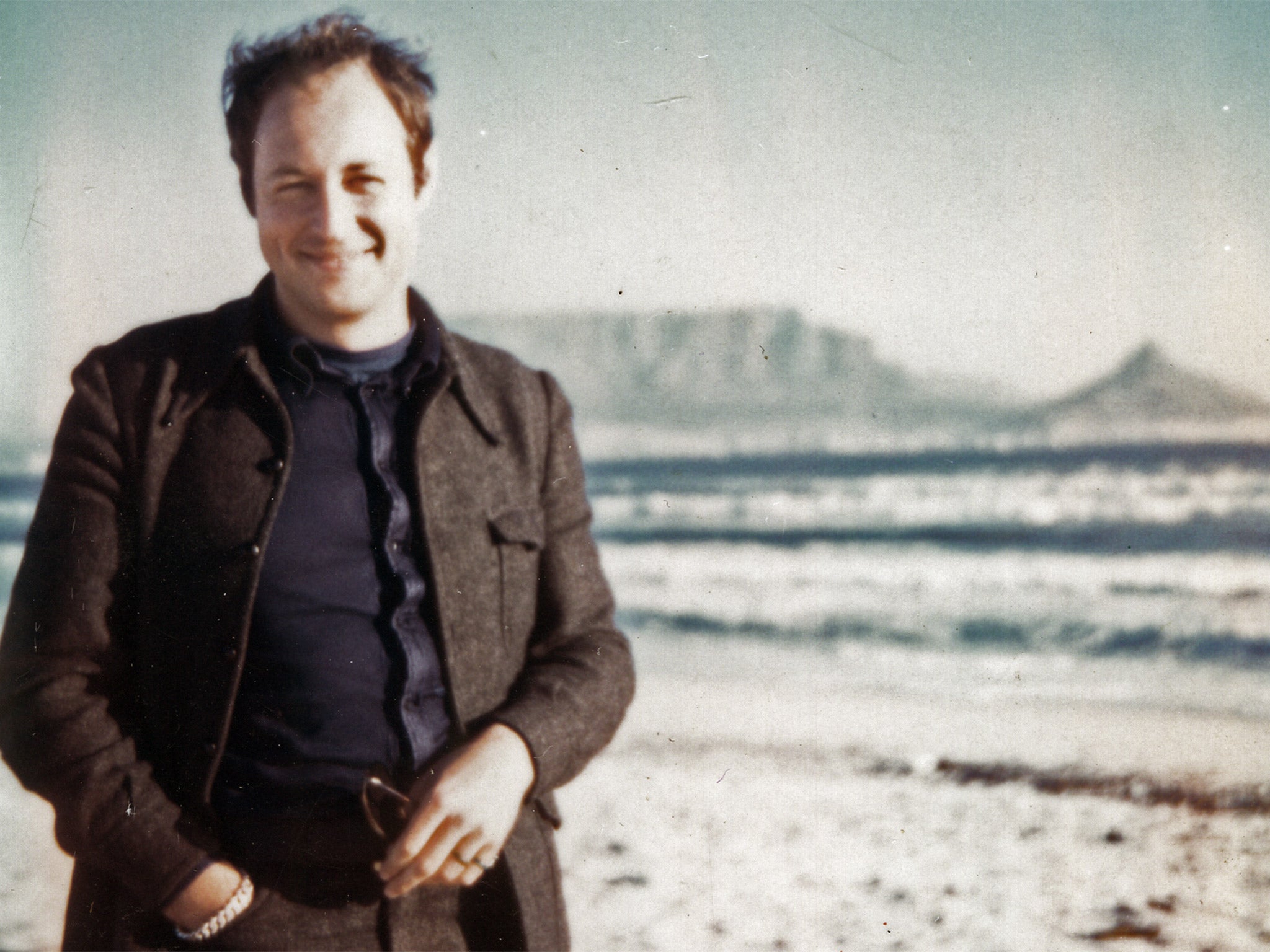
In 2012 Ken Keable's London Recruits: The Secret War Against Apartheid was published: a collection of accounts from 35 or so men and women including Ken Keable who, over a period of more than 10 years from the mid-1960s onwards, had volunteered to enter South Africa. Peter Hain hosted a launch of the book in the House of Commons, and we met for the first time. Not all the recruits could be there, but a sizeable proportion were. I discovered that a close colleague of mine, Joy Leman, with whom I had worked for 10 years, had been a recruit; that the ship's photographer on the SS Vaal, Norman Lucas, had been one too; that Norman had been on the Greater London Council with another. It was, as Tom Bell, a recruit, described it, "just the most unusual and bloody lovely meeting I think I've ever been at!".
We shared an extraordinary bond, strengthened by decades of silence. And we were overwhelmed with emotion: relief, release, the grand catharsis of being able to talk about our work, ourselves, to each other and other people, to see what we had done in perspective. We came from all walks of life – educators and trade unionists, activists and electricians – and from all political spectrums on the left, a glorious mosaic of camaraderie, a strange, moving bond to be celebrated and cherished. We had become an "us", like orphaned children discovering a long-lost family. We felt as if we had known each other all our lives. There were tears. We had worked as individuals, but we all believed in a wider solidarity. Sitting in that room, having been part of that movement was one of my proudest moments.
Some of us have since revisited South Africa. A small group went in 2012, another in 2013, of which I was a part, and this year another group attended the opening of the London Recruits exhibition at Liliesleaf, in Rivonia, Johannesburg, a museum dedicated to the history of Umkhonto we Sizwe.
I had no personal connection with South Africa and knew very few South Africans. We all took a leap of faith when we first went there so long ago, but we believed in the power of collaboration and international solidarity, in the universal principles of justice and equality and in the moral force of anti-racism and anti-fascism. Although much has changed in South Africa, much remains to be done. The rifts and cleavages of apartheid will take a long time to heal. Going back there revived deep feelings – not just in seeing the iconic symbols of the regime now confined to museums, but in the everyday questions of ordinary Africans.
Is this your first time in our country? No, I was here a long time ago…
Mary Chamberlain's novel, 'The Dressmaker of Dachau', is out today (Borough Press, £11.99)
Join our commenting forum
Join thought-provoking conversations, follow other Independent readers and see their replies
Comments